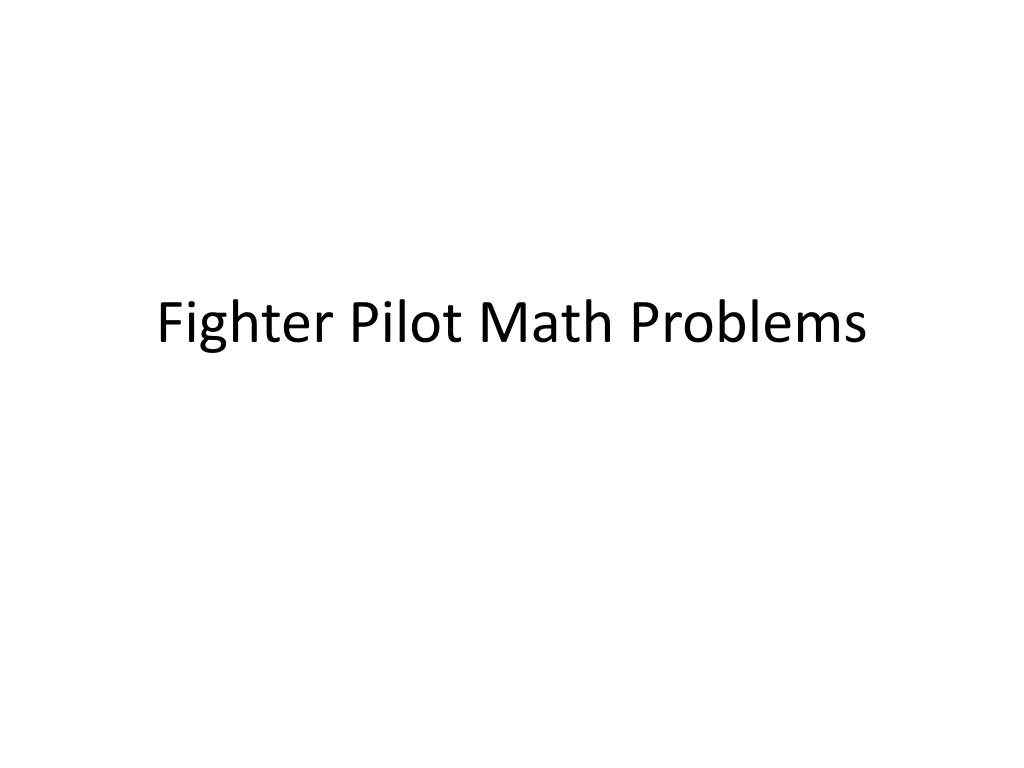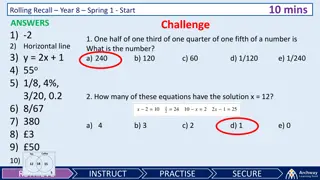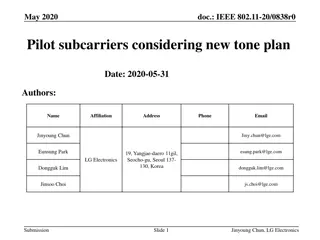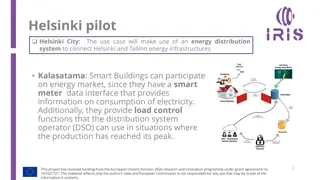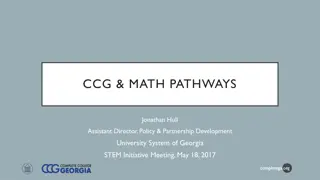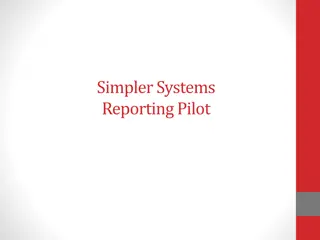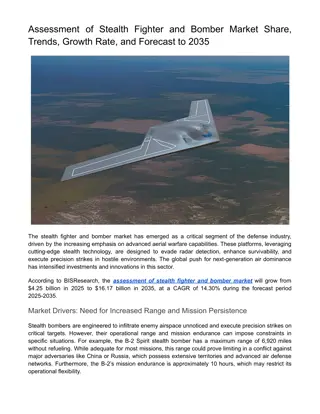Fighter Pilot Math Problems
Learn how fighter pilots solve complex math problems quickly while flying missions. Dive into scenarios involving fuel burn calculations and crosswind limitations, enhancing your mental math skills using practical scenarios faced in the air.
Download Presentation

Please find below an Image/Link to download the presentation.
The content on the website is provided AS IS for your information and personal use only. It may not be sold, licensed, or shared on other websites without obtaining consent from the author.If you encounter any issues during the download, it is possible that the publisher has removed the file from their server.
You are allowed to download the files provided on this website for personal or commercial use, subject to the condition that they are used lawfully. All files are the property of their respective owners.
The content on the website is provided AS IS for your information and personal use only. It may not be sold, licensed, or shared on other websites without obtaining consent from the author.
E N D
Presentation Transcript
Plan for the Presentation If you would like, please offer one of these problems to your students as homework or for class discussion. I ll talk about each problem briefly during the session and try to interact with whichever classes did that problem. We won t get too bogged down in the math during the session so that we have plenty of time for Q and A. Aside (if you noticed I made an error please let me know so I can correct)
Problem 1: Fuel Burn A F-16 is returning to base with 2000 pounds of fuel on board. The pilot sets a maximum range fuel flow of 3000 pounds per hour (pph) and the aircraft begins to cruise a .85 Mach The base is 100 NM away, will the pilot make it with a 100knot headwind? (Assume a 600knot speed of sound)
Discussion This is a problem that has to be solved inflight quickly and without pencil and paper. We use some shortcut and approximations the biggest being the use of Mach The speed of sound is variable with temperature but we frequently say its 600knots (600 NM per hour). This means that Mach 1 = 600knots or 10NM/minute.
How to solve that while flying 1.0 Mach is about 1NM/Min 60 knots of headwind is approx. .1 Mach .85 Mach - .15 (Headwind) = .7 Mach or 7NM/min 100 NM at 7NM/Min is about 15minutes. of 3000pph is about 700 pounds. 1300pounds at the field. Perfect! So much for but I ll always have a calculator (or my phone)
Problem 2 Crosswinds After fun mission Ranger 01 is 10 miles from base. The automated weather reports that runway 01 is active, the winds are 055 at 30 knots, and the runway is wet. The F-16 has a maximum wet runway crosswind limitation of 25 knots. Can Ranger 01 land at base?
Discussion This is another one of those mental math problem that we face regularly. Again we have to resort to approximations to solve this inflight. Despite the approximations a pilot really needs to understand the underlying trig. 45 degrees
How to solve that while flying Runway 01 is oriented on a 010 heading, the wind is 45 degrees off. A approximation for Sin 45 is .7 .5 of 30 is 15. .2 of 30 is 6. 21 knots ok we re good. (Good thing or we d have another fuel calculation for our divert)
Problem 3 Low Level: Ranger 01 is flying a F-16 in Alaska below the mountains at 500knots. which is awesome by the way! He needs to make a 90 degree turn in a 1/2 mile wide canyon Ranger 01 s Fuel Tanks are limited to 7.0 G s. Can Ranger 01 make the turn without exceeding the G limits? If not what could Ranger 01 do?
Discussion If flight this problem is a mix of the academic and the athletic. The pilot needs to understand the underlying math while also being able to recognize the problem by looking out the window. G forces are the (reaction to) radial acceleration: a=v^2/r G s are multiples of gravity s 9.8m/s^2
More Discussion 500Knots is 257 m/s 1/2 (statue) mile is 804m R= (257m/s)^2/(7x9.8m/s^2) = 962m Nope! So what s a pilot to do? Slow down! 350knots is 180m/s. At that speed the radius is 470 m.
How this works in practice So we re not out doing this math while flying But each pilot understands the relationship between speed, G s and turn radius. Most pilots have some rules of thumbs when they mission plan. But in flight a pilot has to see it, understand what is going on and react appropriately
Problem 4: Ballistics Ranger 01 needs to drop a bomb into a cave. The optimum angle for the bomb is 36 degrees The weather is bad and Ranger can only be 3000 above the cave How fast does Ranger 01 need to fly? Ignore air drag on the bomb
The bomb triangle D=1/2gt^2 2D/g = t^2 T=13.6s Vy=gt=133m/s Tan 36 = 133/Vx Vx = 183m/s = 355knots 36 degrees Vy the velocity due to gravity Vx Velocity the Jet imparts to the bomb
Discussion We use computers to solve this but the pilot needs to understand the why and how. Because garbage into the computer . The impact angle of the bomb is function of the aircrafts speed and the altitude of release At a constant altitude, impact angle is inversely proportional to the jet s airspeed. But, If the weather was lower than forecast the aircraft would need to slow down 36 degrees Vy the velocity due to gravity Vx Velocity the Jet imparts to the bomb
